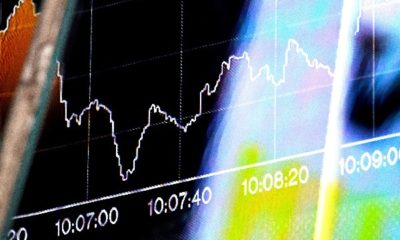Business
Machine Learning Can Improve Retail Results

Machine Learning (ML), a subset of Artificial Intelligence (AI), may be mysterious at first to many retail business owners and managers. But once they learn what it is, how it can benefit the bottom line, and how to use it, it becomes another tool in the arsenal of increasing sales and profits.
How does machine learning work in the retail world?
ML uses what is known as predictive analytics technology, which is the use of data, algorithms and machine learning techniques to make predictions based on historical data. In the retail sector, predictive analytics can be used to figure out how customers will respond to numerous marketing and advertising campaigns and what they will purchase in the future, to target the relevant ads to customers, and to personalize offers of related products that complement what they bought in the past. This helps retail businesses to retain current customers and grow sales.
ML is also used to entice new customers as well.
Based on current customer profiles, machine learning helps to expand the customer base by identifying consumers who share many of the characteristics of the business’s most profitable customers and targeting ads and promotions to these prospects.
ML goes beyond marketing, however. ML helps retailers automate processes, determine pricing, optimize stocking and inventory,deliver a more personal shopping experience and manage resources. It can also be used to analyze future customers’ credit history to determine the likelihood they will default on payment. ML can be used to detect fraud and increase logistics efficiency.
It is likely that even more benefits will be found in the future. Isn’t it time to take advantage of all the data that’s out there now by jumping on the ML bandwagon?
Graphic created by Aptitive.







